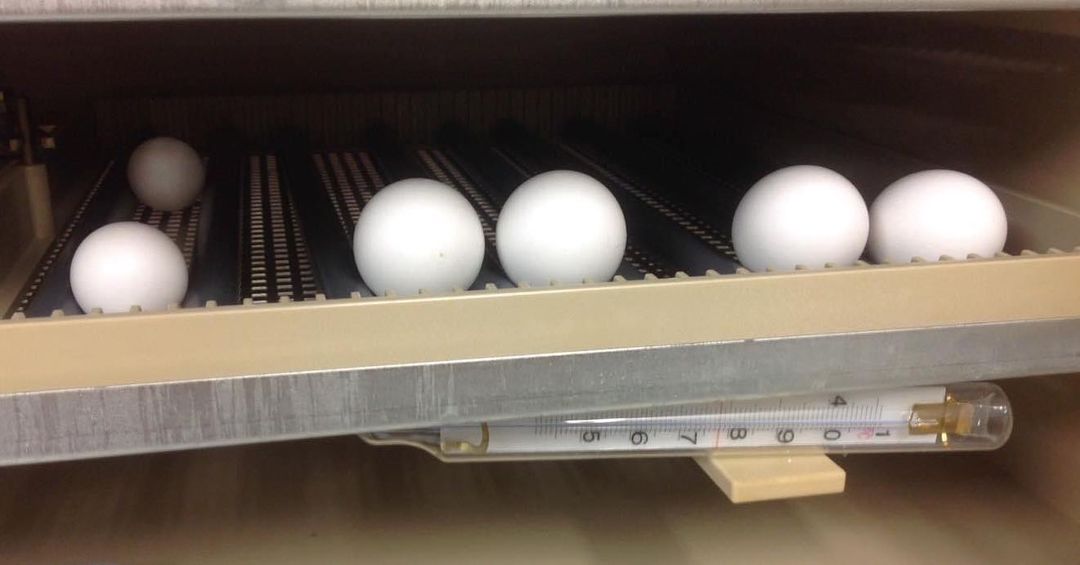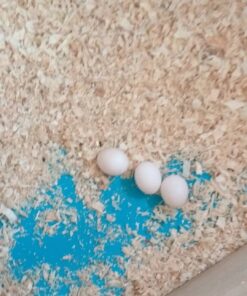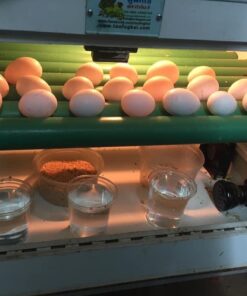Camelot Macaw Eggs
$80.00
Outline of the Article: Camelot Macaw Eggs
- Introduction
- Brief overview of Camelot Macaws
- Importance of understanding Camelot Macaw eggs
- What is a Camelot Macaw?
- Origins and hybrid nature
- Physical appearance and traits
- Understanding Camelot Macaw Eggs
- Description and characteristics
- Differences between Camelot Macaw eggs and other macaw species
- Breeding Season of Camelot Macaws
- When do Camelot Macaws lay eggs?
- Factors affecting breeding season
- Nesting Habits of Camelot Macaws
- Preferred nesting locations
- How to create an ideal nesting environment
- Incubation Period for Camelot Macaw Eggs
- How long does it take for the eggs to hatch?
- Factors influencing incubation time
- Caring for Camelot Macaw Eggs
- Temperature and humidity requirements
- The importance of regular egg turning
- Common Challenges in Breeding Camelot Macaws
- Infertility issues
- Egg binding and other health concerns
- Diet and Nutrition for Breeding Camelot Macaws
- Essential nutrients for egg-laying hens
- How diet influences egg quality
- Camelot Macaw Egg Hatching Process
- Signs of a healthy hatching process
- What to do if complications arise
- Post-Hatching Care for Camelot Macaw Chicks
- Feeding and nurturing newly hatched chicks
- Monitoring chick development
- Conservation Status of Camelot Macaws
- The role of breeding in species preservation
- How to contribute to conservation efforts
- Legal Considerations for Breeding Camelot Macaws
- Understanding permits and regulations
- Ethical breeding practices
- FAQs about Camelot Macaw Parrot Eggs
- Addressing common concerns and questions
- Conclusion
- Summary of key points
- Final thoughts on breeding Camelot Macaws
Description
Camelot Macaw Eggs : A Comprehensive Guide
When it comes to breeding exotic birds, Camelot Macaws stand out not only for their vibrant colors but also for the unique challenges they present during breeding. In this article, we’ll explore everything you need to know about Camelot Macaw parrot eggs, from understanding their characteristics to ensuring successful hatching and caring for the chicks.
What is a Camelot Macaw?
Camelot Macaws are a stunning hybrid species created by crossing a Scarlet Macaw with a hybrid Catalina Macaw. They are renowned for their bright, fiery plumage and are highly sought after by bird enthusiasts. Camelot Macaws are large, intelligent, and social birds, making them a favorite among avian aficionados.
Understanding Camelot Macaw Eggs
Camelot Macaw eggs are similar in size and appearance to other macaw species, though they may have subtle differences. The eggs are typically white and oval-shaped, with a slightly glossy texture. They are fragile and require careful handling to ensure a successful hatch.
Breeding Season of Camelot Macaws
Camelot Macaws typically breed in the spring and early summer, although the exact timing can vary based on environmental factors and the bird’s health. A healthy breeding environment, including proper lighting and temperature control, is crucial for encouraging breeding behavior.
Nesting Habits of Camelot Macaws
Camelot Macaws prefer to nest in hollow trees or large, secure enclosures that mimic their natural habitat. To create an ideal nesting environment, provide a spacious and secure nesting box filled with soft, absorbent materials. This setup helps protect the eggs and provides comfort for the breeding pair.
Incubation Period for Camelot Macaw Eggs
The incubation period for Camelot Macaw eggs typically ranges from 26 to 28 days. Maintaining a stable temperature and humidity level is essential during this period. Fluctuations can negatively impact the development of the embryos, so consistent monitoring is key.
Caring for Camelot Macaw Eggs
To ensure the health of the eggs, they should be incubated at a temperature of approximately 99°F (37.2°C) with a relative humidity of around 50-55%. It’s also important to turn the eggs regularly, either manually or using an automatic incubator, to prevent the embryo from sticking to the shell.
Common Challenges in Breeding Camelot Macaws
Breeding Camelot Macaws can present several challenges, including infertility and egg binding. Infertility can result from poor diet, stress, or improper mating. Egg binding, where the female cannot pass an egg, is another serious issue that requires immediate veterinary attention.
Diet and Nutrition for Breeding Camelot Macaws
A balanced diet is crucial for breeding Camelot Macaws. Their diet should be rich in calcium, vitamins, and minerals to support egg production. Foods like leafy greens, nuts, and high-quality bird pellets can help ensure that the female is in optimal condition for laying healthy eggs.
Camelot Macaw Eggs Hatching Process
As the hatching date approaches, you may notice subtle movements within the egg, indicating that the chick is ready to hatch. A healthy hatching process can take several hours, during which the chick will gradually break through the shell. It’s important not to interfere unless there’s a clear problem.
Post-Hatching Care for Camelot Macaw Chicks
Once the chicks have hatched, they require round-the-clock care. This includes regular feedings with a specialized formula and monitoring their development closely. It’s also important to keep the chicks warm and safe from potential hazards.
Conservation Status of Camelot Macaws
While Camelot Macaws are not a wild species, their breeding plays a role in the broader conservation efforts for macaws. Ethical breeding practices can help preserve the genetic diversity of macaws and support the conservation of their wild relatives.
Legal Considerations for Breeding Camelot Macaws
Before breeding Camelot Macaws, it’s important to understand the legal requirements, including permits and regulations that may apply. Ethical breeding practices are also crucial to ensure the well-being of the birds and to avoid contributing to overpopulation or illegal trade.
FAQs about Camelot Macaw Eggs
- How many eggs do Camelot Macaws typically lay? Camelot Macaws usually lay between 2 to 4 eggs per clutch.
- How can I tell if a Camelot Macaw egg is fertile? Fertility can be checked by candling the egg around 7-10 days after it has been laid.
- What should I do if a Camelot Macaw egg doesn’t hatch? If an egg doesn’t hatch, it’s important to consult a veterinarian to understand the cause and address any potential issues.
- How long do Camelot Macaw chicks stay in the nest? Chicks usually stay in the nest for about 10 to 12 weeks before they are ready to fledge.
- Can Camelot Macaws breed with other macaw species? Yes, Camelot Macaws can potentially breed with other macaw species, but this is generally discouraged to maintain genetic integrity.
Conclusion
Breeding Camelot Macaws and caring for their eggs is a rewarding yet challenging endeavor. By understanding the specific needs of these hybrid parrots, you can help ensure a successful breeding experience and contribute to the preservation of these stunning birds.





hagbosdvxd –
Muchas gracias. ?Como puedo iniciar sesion?
Bernd –
What’s uup too evrry one, tthe contens prfesent att tthis webb siite are truly remarkable for eople experience, well, keep
up tthe nic work fellows.
my webste :: xnxxbolt